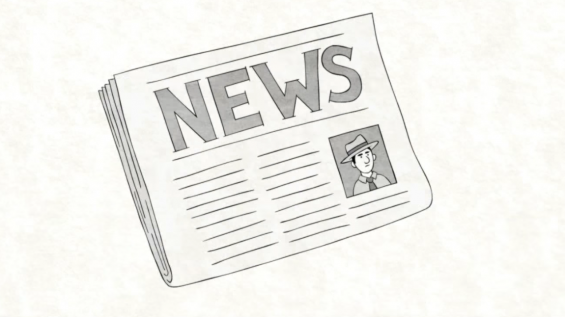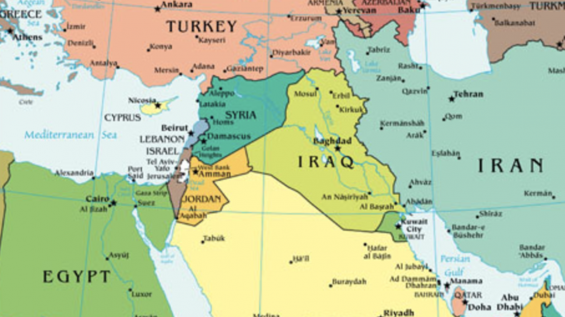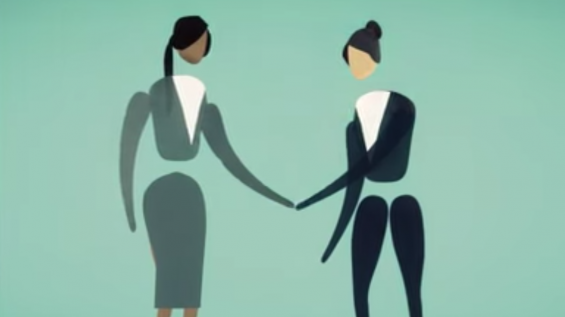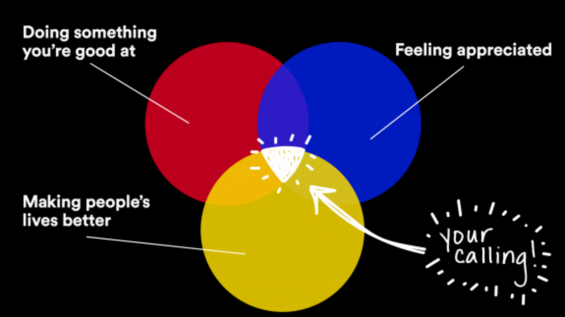
Fact-checking 101
What are facts? Facts are the truthful answers to a reporter’s 5 key questions: who, what, when, where, and how. Facts may include names, numbers, dates, definitions, quotes, locations, research findings, historical events, statistics, survey and poll data, titles and authors, pronouns, financial data, institution names and spellings, and historical or biographical details attributed to anyone or anything. Facts are checkable.
What is fact-checking? Fact-checking is the process of confirming the factual accuracy of certain statements or claims, in order to create and share accurate, evidence-based media that relies on high-quality, reliable primary and secondary sources.
What kinds of facts do people often get wrong? The most frequent mistakes occur in the spellings of names and institutions, and the attribution or wording of quotes. These errors can be relatively harmless — for example, a throwaway remark about Ben Franklin. Or, they can be devastating — for example, listing the wrong person in a breaking news article about a bombing. If you’re a student, get in the habit of getting it right.
While the majority of factual errors are probably not nefarious, there are instances in which people may deliberately hide important facts or introduce inaccuracy. For journalists in these situations, three maxims are useful in finding the facts: ‘follow the money’, ‘consider the source’, and ‘who benefits?’ Remember, a reporter’s job is to find and share the facts that matter, even if people don’t like it.
Facts are only as good as their sources. There are two main types of sources: primary sources and secondary sources. Primary sources may include people, transcripts, videos, visitor logs, raw data, peer-reviewed scientific studies, recorded interviews, your own original research, and in-person observation. Secondary sources may include newspaper articles, magazine articles, and books. (Important note: unlike magazines, many books are not factchecked! If you’re using a book as a source, look for a bibliography or notes to track down an author’s sources, and then re-report if needed.)
As with all sources, watch out for inaccuracy, outdated information, and unconscious bias (for example, avoid disproven studies, or articles that talk about people ‘looting’ vs ‘finding’ and ‘rioting’ vs ‘protesting’). Avoid spreading inaccuracy, outdated information, or unconscious bias. Instead, try to increase the world’s supply of truth by shining a light on facts that matter.
To learn more about the media, read “How to tell fake news from real news.”
Art credit: iStock
Laura McClure is an award-winning journalist and the TED-Ed Editor. To learn something new every week, sign up here for the TED-Ed Newsletter.





Nicely done!